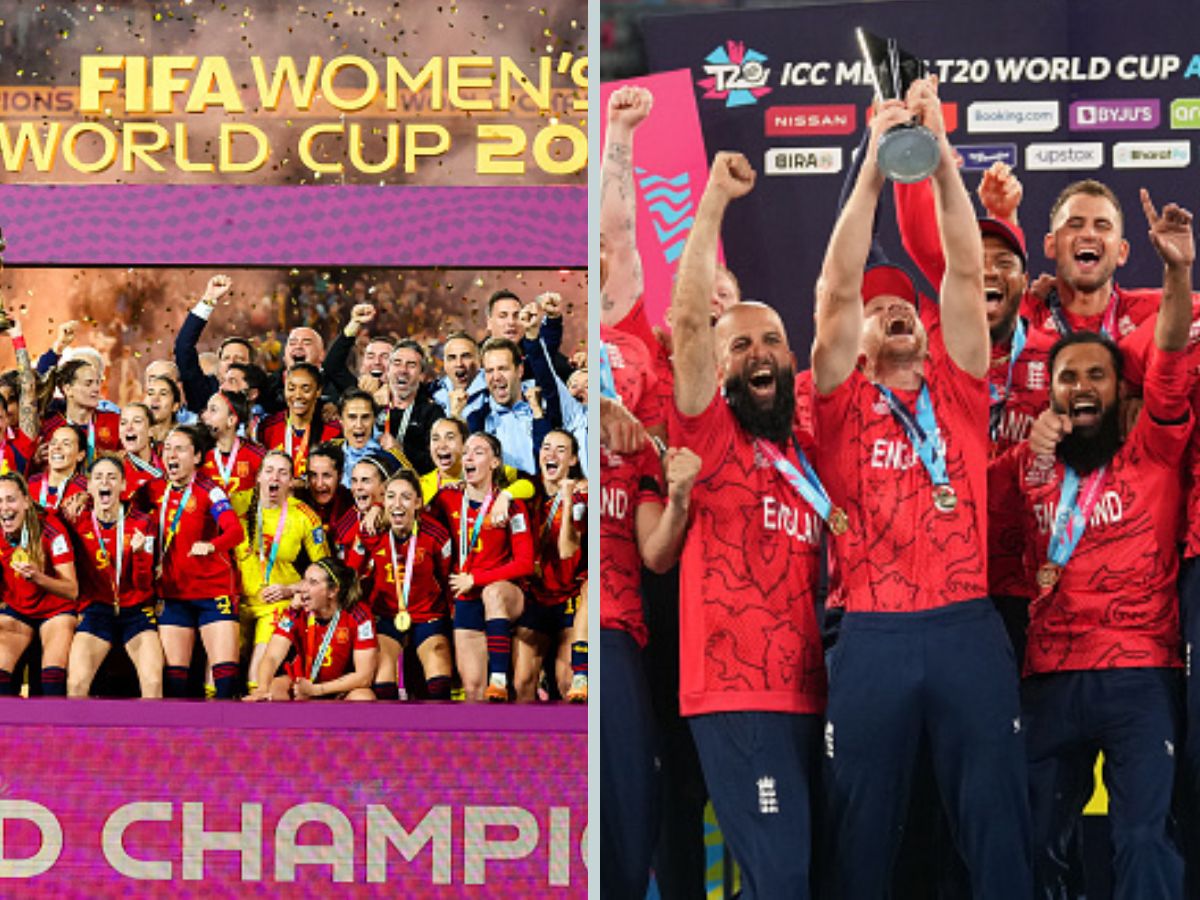ICC recently made a groundbreaking announcement, setting a new precedent for gender equality in cricket. They declared that men's and women's teams will receive equal prize money at all ICC events, including the prestigious ICC T20 World and ODI World Cup tournaments. This momentous step by the world cricket governing body marks a significant milestone in the sport's history, demonstrating their commitment to ensuring gender pay parity in the game. Despite the terminologies like "batsman" and "Man of the match" being casually thrown in by a few commentators, the sport of cricket is gradually embracing change and inclusivity.
The Board of Control for Cricket in India (BCCI) had already taken the lead in advocating for gender equality in cricket. It announced equal pay for both male and female players, further reinforcing the importance of closing the gender pay gap. Under this new scheme, Indian women cricketers will receive the same match fees as their male counterparts — Rs 15 lakh for every Test, Rs 6 lakh per ODI, and Rs 3 lakh per T20I.
While cricket has taken progressive strides towards equality in world events, there remains a noticeable disparity in prize money for other global sporting events.
For example, let's consider football. FIFA, the global governing body for football, in the recently concluded Women's World Cup tournament, awarded a substantial prize money pool of 110 million USD, an impressive threefold increase from the previous edition. However, when compared to the staggering $440 million prize money offered at the FIFA Men's World Cup held in Qatar last year, it becomes apparent that there is still work to be done to bridge the gap in prize money for men's and women's sports events despite steps taken by individual federations like the Football Federation Australia (FFA) to make sure that top male and female players are on the same pay scale.
When it comes to the ICC, the title winners of the T20 World Cup 2022 England were awarded $US 1.6 million while $US 1.32 million was what Australia was awarded for winning the 2022 ICC Women's Cricket World Cup.
READ | FIFA Women's World Cup: Gunman Kills Two People In Auckland Hours Ahead Of Opening Ceremony
Cricket's progress towards gender equality and the recent steps taken by ICC and BCCI are indeed positive strides in the right direction. However, this landmark decision should inspire other sporting organizations to follow suit and promote inclusivity and equal opportunities for all athletes, regardless of their gender.
Achieving true gender equality in sports will require ongoing efforts and commitment from all stakeholders, but the outcomes will undoubtedly make the world of sports more equitable and empowering for everyone involved.
BCCI's announcement of equal pay for men and women cricketers also paints an incomplete picture. While it is true that cricketers, irrespective of their gender, will get equal match fees, the pay gap is evident when it comes to the central contract offered by one of the richest cricket bodies in the world.
ALSO READ | 'Did Not Enjoy That': Women's World Cup Star Reacts After Shock Kiss From Spanish Football Chief Raises Furore
Men's cricketers in A+, A, B, and C categories are awarded Rs 7 Crore, Rs 5 Crore, Rs 3 Crore, and Rs 1 Crore respectively, while women's cricketers in the A, B, and C categories are given a yearly contract of Rs 50 lakh, Rs 30 lakh, and Rs 10 lakh respectively.
There is a bigger debate as well when it comes to pay parity. There is a larger narrative that tends to suggest that since women’s sport doesn’t generate as much money as men’s sport, the argument for equal pay holds no merit. What needs to be looked at it that while a fan base for men's sport is organic, given that sports has been considered a "manly" interest and hobby and there are social and legal barriers that restrict women's mobility and hence making it difficult for them to follow the sport, leave aside taking an active part in it. So for women's sports to be as profitable as women's, there actually needs to be some investment and effort, but does that mean that women athletes should be denied equal pay for no fault of their own?
While progress towards parity is evident, the broader discussion emphasizes the need for investment to bridge the earnings gap and challenge stereotypes limiting women's sports' profitability and visibility.


